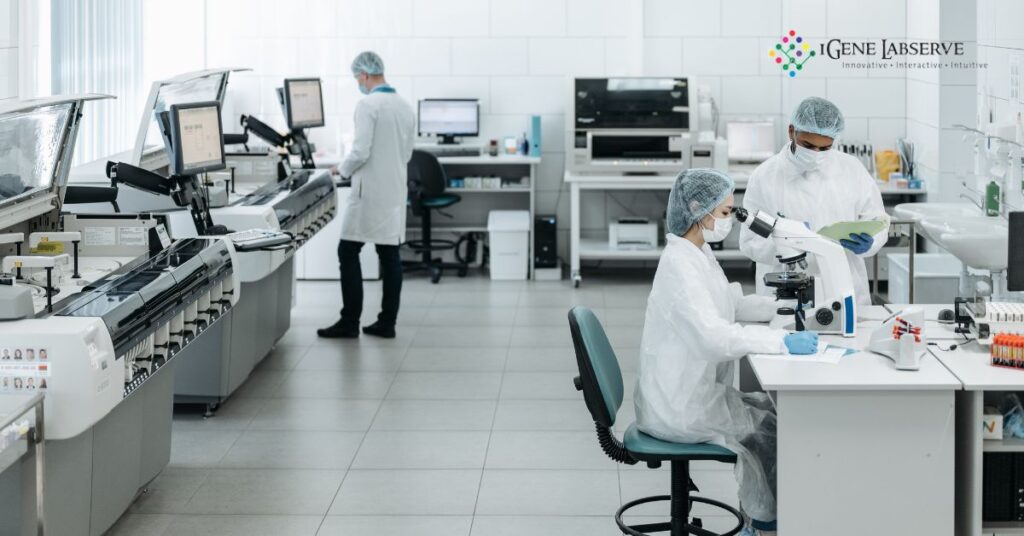Protein and nucleic acid suspended in different kinds of media, such as cellulose, acrylamide, or agarose, are measured and recorded using a gel doc system, also known as a gel imaging system. Let’s talk about several gel documentation system kinds and their configurations for diverse purposes.
The market is filled with many kinds of gel documentation systems. Selecting the appropriate gel imaging equipment that the laboratory requires is crucial. Various gel document systems are needed, depending on the application and detecting techniques.
Types of Gel Documentation Systems
CCD/ Digital Gel Documentation System
To measure and record stained agarose and acrylamide gel on the high-tech digital platform, there are devices known as digital gel documentation or gel imagers. Digital gel doc systems make precise sample quantification and efficient data archiving possible. They are also user-friendly.
Numerous detectors are available for the quantitative examination of nucleic acid and protein bands, dot blots, and microplates. These include ethidium bromide (UV), chemiluminescence, fluorescence, densitometric, and visible light.
Laser-based Gel Imagers or Gel Doc System
The greatest sensitivity, resolution, and linear dynamic range are provided by this kind of gel documentation system. It offers strong tools for acquiring images of gels and blots containing proteins labeled or stained with fluorescent dyes like Flamingo, Ruby, or SYPRO.
These gel imagers, often known as gel doc systems, have the ability to configure lasers at various wavelengths, enabling the detection of single or multiple fluorescence.
Chemiluminescence Gel doc System
Proteins may be separated according to their molecular weight using a crucial technique in life science called western blotting. Due to its great sensitivity, the chemiluminescence gel doc system is the most widely used technique for western blot detection.
This method further optimizes speed, sensitivity, signal stability, and user-friendliness through the use of chemiluminescent gel imaging devices.
Autoradiography Gel Imaging System
Radioactive sources that have been exposed to the sample are used in the autoradiography gel imaging technique. Using in vitro autoradiography techniques, biological constituents such proteins, lipids, DNA, and RNA are separated after being appropriately labeled with radioisotopes. Additionally, the study of DNA/RNA sequencing and protein modification benefits from this technique.
Phosphor Imagers
This technology works with lasers and can image and store phosphor displays. When this kind of imager is exposed to beta and gamma radiation, it creates a latent image. These phosphor imagers are quantitatively accurate, very sensitive, and have a wide dynamic range.
Considerations taken to select the best-fit gel documentation system
- Lab requirement
- Lightening
- Affordable
- Camera and resolution
- Software
- Automation
- Ease of use and reliability
Since the market is filled with a wide variety of gel documentation systems. It is necessary to comprehend the various gel documentation systems and the fundamental needs of your laboratory. This will assist you in selecting the gel documentation system that best suits your needs.
Reach out to IGene Labserve at https://www.igenels.com/ or by phone at 09310696848 to learn everything there is to know about the Gel documentation system. Speak with one of our consultants to place the necessary order for the items below.

